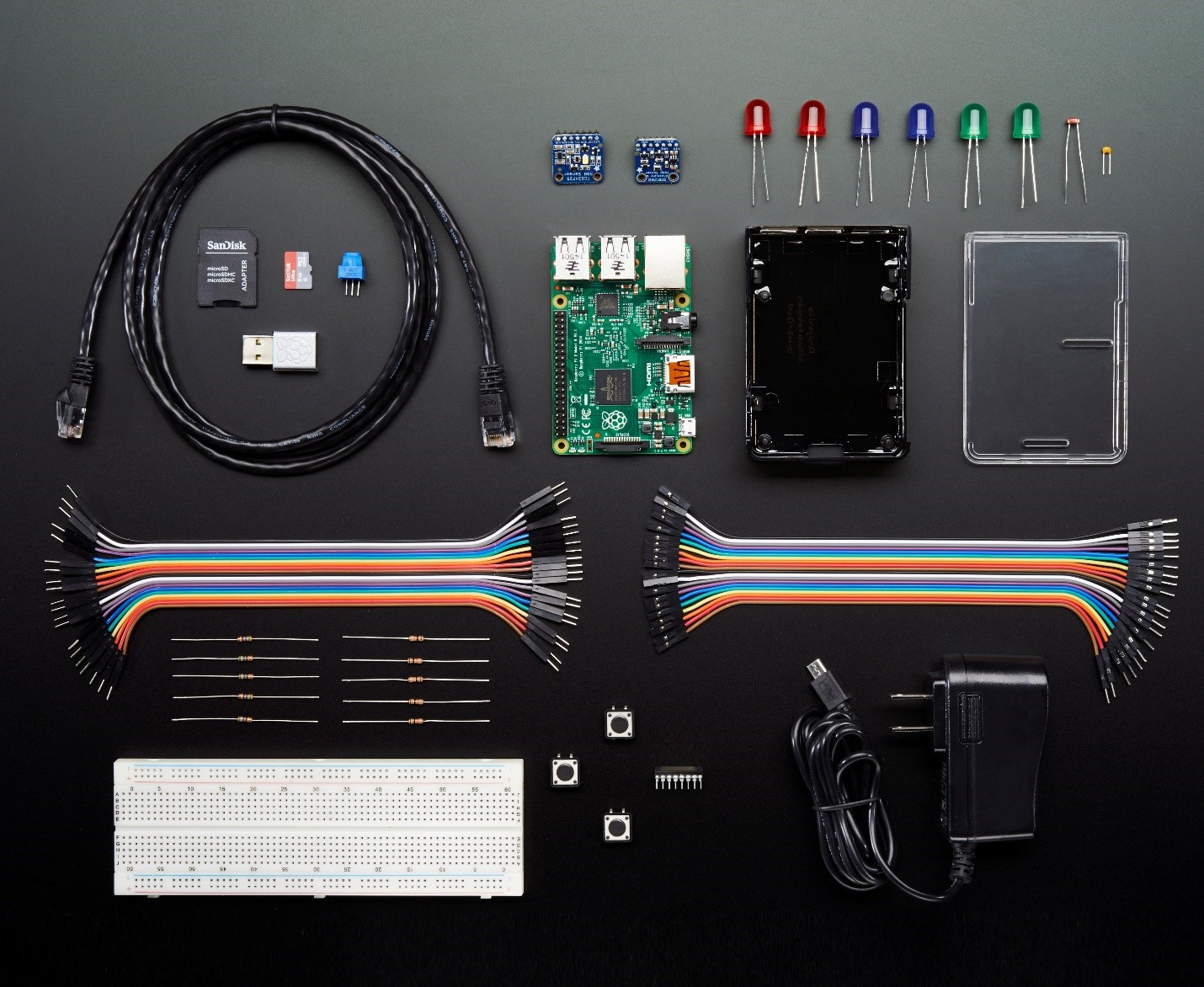What we’re doing in this upcoming Windows Insider release can be broadly described as 3 buckets: Responding to your feedback, improving security, and expanding development choices.
Your feedback on Windows 10 IoT Core has been tremendously influential in improving the quality and completeness of this release, and we’ll be including many of the changes and requests that you have made, such as adding support for pulse-width modulation (PWM) and analog-to-digital converters (ADC) via an integrated and extensible provider API, addressing issues around the USB HID class driver, and many bug fixes. We also saw how popular the web-based device management interface is with customers, so we’re continuing the investment in it and delivering new functionality to change the device name, password and the ability to start processes.
We are committed to delivering a highly secure platform for you to build IoT applications upon, and we’re going to continue that commitment in upcoming releases. We summarize our IoT security goal as bringing Windows’ “enterprise grade” security to IoT, devices and you’ll soon see Secure Boot and Bitlocker encryption available in the IoT Core builds. By building this into IoT Core you can get these highly valuable security features without needing to build your own implementations meaning you can get your project done faster and still be more secure.
With Windows 10 IoT Core being part of the Windows family, it already offers Universal Windows Platform’s (UWP) rich programming model and language support. That said, we have seen a great deal of enthusiasm for using Node.js in IoT projects, so we’re investing to improve the experience for you on IoT Core with a single installer for all Node.js components, support for the Node.js ‘Serial’ and ‘Cylon’ robotics framework libraries, and even a ‘Cylon’ project template for Visual Studio. See our recent blog post on the updates.
Windows 10 IoT Core is available through Windows Insider Program which will also give you access to all the Windows Insider releases of Windows, not just IoT Core, and you’ll be automatically notified when a new release becomes available. You can also go to WindowsOnDevices.com and follow the steps there to get the release.
Windows IoT Core Starter Kit
We’re proud to announce that we are partnering with Adafruit to release a new Starter Kit designed to get you started quickly and easily on your path of learning either electronics or Windows 10 IoT Core and the Raspberry Pi 2. This kit is available now at http://www.adafruit.com/windows10iotpi2 and includes a compatible set of sensors, electronic parts, wires, and cables that have been verified to work with Windows 10 IoT Core. It also has an SD card preloaded with Windows 10 IoT Core meaning you can start right away. The kit comes with getting started instructions and sample code for projects that you can make. For more information head over to WindowsOnDevices.com.
We’re excited about this kit and will be featuring it in our booth at the World Maker Faire in New York on 26th & 27th of September. Our booth is located near Zone 3, on the grass lawn between Rocket Roundabout and the Make: Electronics stage and you’ll get to see a bunch of cool Windows maker projects. We’ll also be hosting the US winner of the Hackster.io “Hack the home” hackathon in our booth. This hackathon was a huge success over 250 high-quality submissions. This is even more impressive when the timeline is considered. The top submissions received their hardware from Hackster.io in early September and had to make their final submissions on a few short weeks later. The North American winner was Philippe Libioulle of Quebec City, Canada and you can learn more about this cool project here. We’re also hosting the European winner Christian Kratky of Kamp-Lintfort, Germany at the Rome Maker Faire in October. Their awesome “hack the home” project can be found here. The winner of the Gift Certificate was Anurag S. Vasanwala of Surat, India and you can get details on the project here.
To get this latest release you should join the Windows Insider Program or download directly from WindowsOnDevices.com. We hope to see you at World Maker Faire, and we can’t wait to see what you make.

